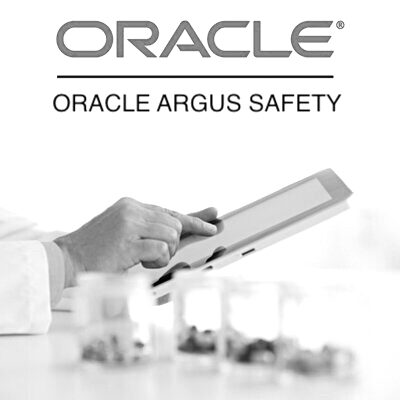Post-Marketing Surveillance
Post-marketing surveillance, also known as pharmacovigilance, is the ongoing monitoring of the safety and effectiveness of drugs and other medical products after they have been approved and made available to the public. The goal of post-marketing surveillance is to detect and evaluate any adverse effects or safety issues associated with a drug or medical product that may not have been identified during the pre-approval clinical trials.
Post-marketing surveillance typically involves the following activities:
- Adverse Event Reporting: Healthcare professionals and patients are encouraged to report any adverse events or side effects associated with a drug or medical product to regulatory authorities, such as the US FDA or the European Medicines Agency (EMA).
- Signal Detection: Data from adverse event reports, clinical studies, and other sources are analyzed to detect any potential safety issues or signals that may require further investigation.
- Risk Assessment: The data collected during signal detection is evaluated to determine the severity and frequency of any safety issues, and whether any regulatory action, such as a safety alert or product recall, is necessary.
- Risk Communication: Information about any safety issues or adverse events associated with a drug or medical product is communicated to healthcare professionals and patients to help them make informed decisions about its use.
- Post-Marketing Studies: Additional studies may be conducted to further evaluate the safety and effectiveness of a drug or medical product after it has been approved.
Post-marketing surveillance is an important component of drug safety and plays a crucial role in ensuring that drugs and medical products remain safe and effective throughout their lifecycle. It requires collaboration between regulatory authorities, healthcare professionals, and patients to identify and manage any safety issues that may arise. The findings from post-marketing surveillance can also inform the regulatory decision-making process, such as modifications to the drug’s label or withdrawal of the drug from the market.
You may be interested in the programs below:
-
 eLearning + software
eLearning + softwareOracle Argus Safety Essentials
$599.00 -
 eLearning + software
eLearning + softwareOracle Argus Safety Essentials + Console
$799.00 -
 Live Online
Live OnlineOracle Argus Safety – Live Online
$999.00 -
 Live Online
Live OnlineOracle Argus Safety + Console – Live Online
$999.00 -
 eLearning + software
eLearning + softwareOracle Empirica Signal
$599.00 -
 Live Online
Live OnlineOracle Empirica Signal – Live Online
$999.00 -
 eLearning + software
eLearning + softwareDiploma in Pharmacovigilance
$799.00 -
 eLearning + software
eLearning + softwareArgus Safety – Business Configuration and Administration
$599.00
